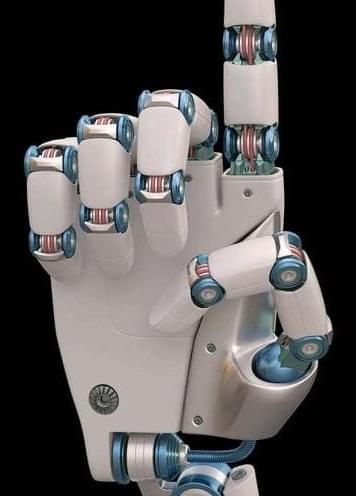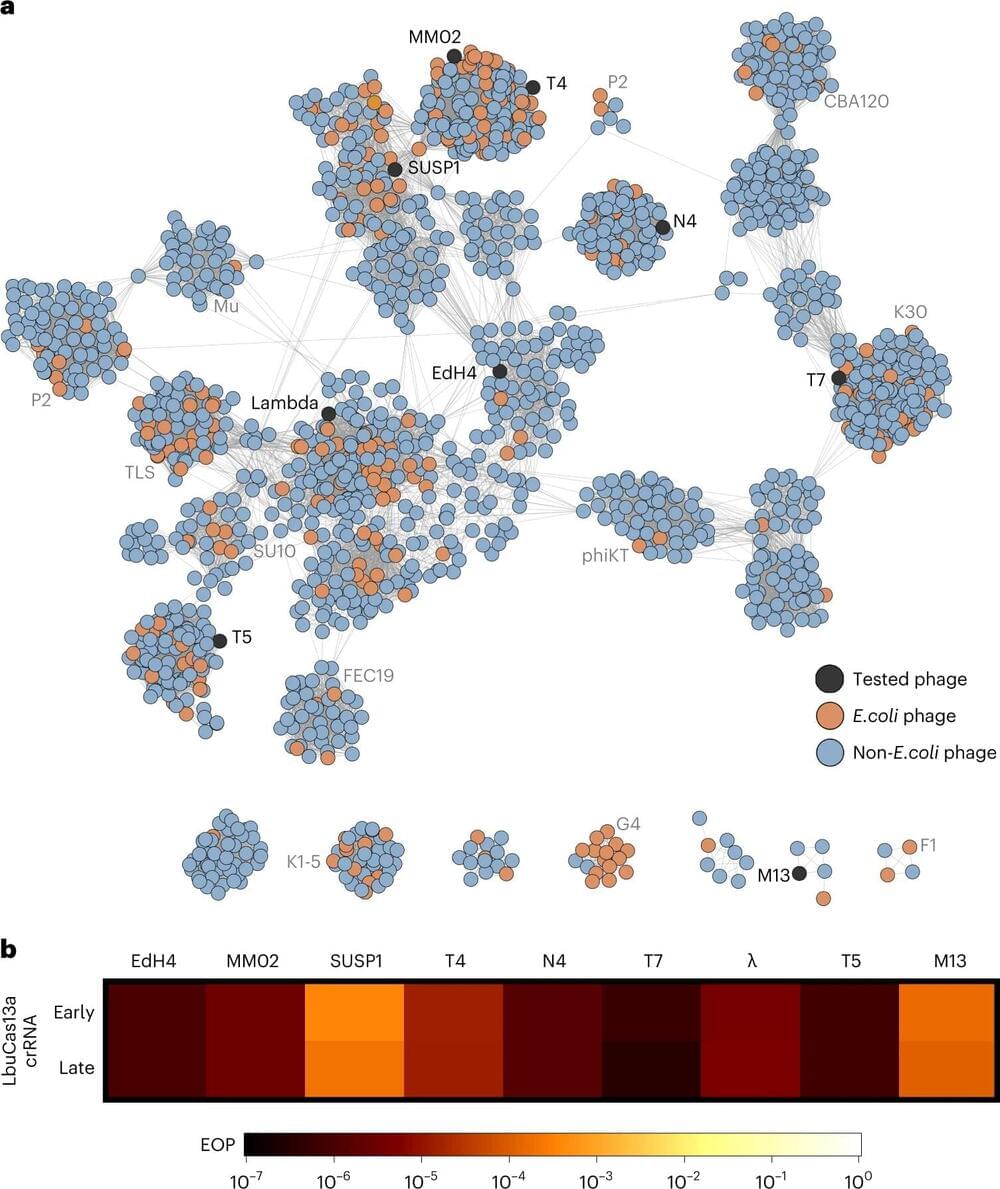Go to https://buyraycon.com/isaacarthur for 15% off sitewide! Brought to you by Raycon.
As we continue to scan the heavens for signs of intelligent life, we must contemplate what it might mean if we are the first civilization to ever arise.
Visit our Website: http://www.isaacarthur.net.
Support us on Patreon: https://www.patreon.com/IsaacArthur.
Support us on Subscribestar: https://www.subscribestar.com/isaac-arthur.
Facebook Group: https://www.facebook.com/groups/1583992725237264/
Reddit: https://www.reddit.com/r/IsaacArthur/
Twitter: https://twitter.com/Isaac_A_Arthur on Twitter and RT our future content.
SFIA Discord Server: https://discord.gg/53GAShE
Listen or Download the audio of this episode from Soundcloud: Episode’s Audio-only version: https://soundcloud.com/isaac-arthur-148927746/humanity-first…vilization.
Episode’s Narration-only version: https://soundcloud.com/isaac-arthur-148927746/humanity-first…ation-only.
Credits:
Humanity: Firstborn Space Civilization.
Science & Futurism with Isaac Arthur.
Episode 372, December 8, 2022
Produced & Narrated by Isaac Arthur.
Produced, Written.
& Narrated by:
Isaac Arthur.
Cover Art by:







